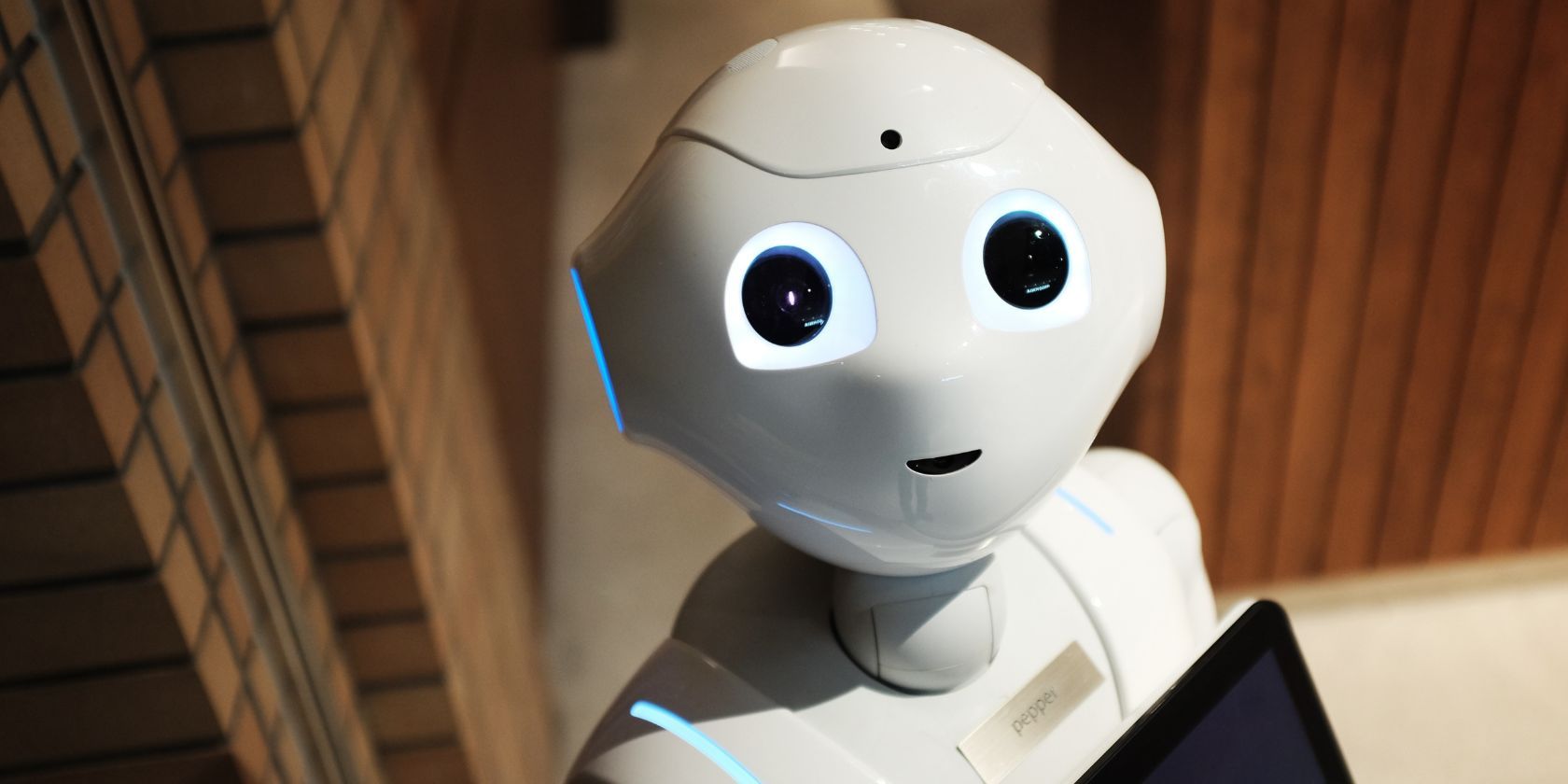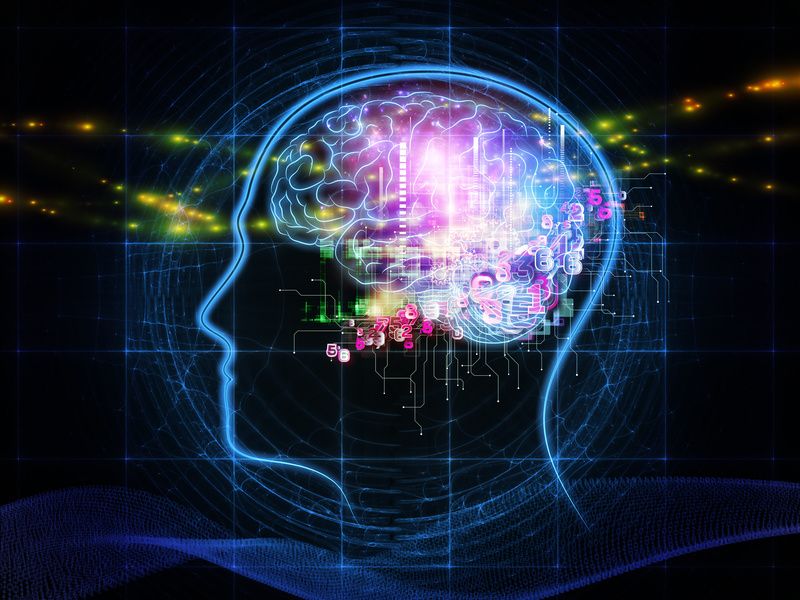Several new technologies have created a buzz around artificial intelligence (AI) and what it means for our future as a society. Each technology comes from different branches of AI and poses a unique set of advantages and concerns.
Deepfakes and voice-cloning AIs make it difficult for you to trust anything you see or hear on the internet. Some say ChatGPT and similar deep learning AI systems are likely to create job redundancy in several fields. One concerning question arises: "will AI ultimately replace programmers?"
What Is Artificial Intelligence?
AI is a branch of computer science that focuses on a system’s ability to solve problems using one (or more) of four qualities. An AI system can think humanly, act humanly, think rationally, and/or act rationally.
The History of Artificial Intelligence
Though it seems like AI has been around for centuries, it is a field that gained momentum in the mid-1900s. One of the most notable dates in the history of AI is 1956, this was the year of the official introduction to the field of artificial intelligence. This introduction occurred at a conference at Dartmouth College.
Several great names link to different aspects of the early advancements in AI. These include Alan Turing, Marvin Minsky, Allen Newell, Herbert Simon, John Robinson, and Alain Colmerauer.
Act Humanly
In 1936 Alan Turing published a paper entitled “On Computable Numbers, With an Application to the Entscheidungsproblem”. In this paper, Turing introduced the concept of a Turing machine which, to this day, plays an important role in AI. He proved that, with the correct algorithm, a Turing machine can perform any mathematical computation.
Later in 1937, Turing used the halting problem to point out the limitations of intelligent machines. Then in 1950, Turing defined machine intelligence using what he calls the Turing test. If an AI system passes the Turing test, then that system can act humanly.
Think Humanly
Marvin Minsky is a popular name in the AI field. He is known for developing the first randomly wired neural network learning machine, called SNARC in 1951. Neural networks teach computers to process data similarly to the human brain. Minsky’s definition of AI is that it is “the science of making machines do things that would require intelligence if done by men.”
Allen Newell and Herbert Simon are two other pioneers in the field of AI, who focused on a machine’s ability to simulate human thinking. In 1956, they presented the first symbol-processing computer program, called the Logic Theorist. In 1961, Newell and Simon developed the General Problem Solver (GPS), which essentially imitates human thought.
Think Rationally
Enter John Robinson, who in 1965 published a journal entitled “A Machine-Oriented Logic Based on the Resolution Principle.” He also invented the resolution calculus for predicate logic, which plays a vital role in AI.
Predicate logic is a formal language that uses logic to represent rational thinking. This language uses the framework that correct premises will produce correct conclusions. For example, Alexa is a machine; all machines make work easier; therefore, Alexa makes work easier.
Recent Advancements in Artificial Intelligence
As it was during its inception, the field of artificial intelligence is today very complex with many different branches. Each branch under the umbrella of AI is continually making significant strides.
Machine learning is a branch of AI that uses data algorithms to imitate human learning, which improves its accuracy on each iteration. One of the more prominent subsets of machine learning is deep learning. Deep learning improves upon machine learning by reducing a machine’s need for human assistance.
For example, if you had images of flowers that you wanted to group by species, the process of categorization will differ based on the type of system. If your system uses machine learning, then you would have to manually establish the features that distinguish species. However, a system that uses deep learning will determine the best distinguishing features for each species all on its own.
Deep learning has created major waves in the industry in recent years, due to several technologies. ChatGPT is a deep learning technology that is currently receiving a lot of attention.
According to ChatGPT, it is:
a large language model created by OpenAI. It is an artificial intelligence (AI) program designed to understand natural language and generate human-like responses to various types of questions and prompts. The model is based on a deep learning architecture called a transformer, which is capable of processing large amounts of text data and generating responses based on patterns and relationships it has learned from that data.
Since its launch in the fourth quarter of 2022, ChatGPT has been the topic of much debate. What makes this AI system stand out is its natural language processing skills, coupled with its ability to learn new information through reinforcement learning from human feedback (RLHF). It also seems to possess a strong ability to write and fix code. Some say that this technology represents the genesis of the extinction of human programmers.
Desired Characteristics of a Human Programmer That AI Cannot Replicate
An AI system can learn how to write code that creates software. However, replacing programmers entirely might be a little more complicated. An AI system’s capability may allow it to reduce the workforce by helping programmers work faster, but it can never truly replace human workers. A major distinguishing feature between programmers and AI systems is the human brain and its complex characteristics.
According to Andrew Ng, one of the top names in AI today:
a single neuron in the brain is an incredibly complex machine that even today we don’t understand. A single ‘neuron’ in a neural network is an incredibly simple mathematical function that captures a minuscule fraction of the complexity of a biological neuron.
The brain’s ability to generate a new thought from seemingly thin air is beyond human comprehension. It’s certainly not something an AI system can replicate. Another desirable characteristic of programmers is the perplexity of creativity, which is again something that a machine cannot replicate.
Through deep learning, AI can give the impression of human thinking. Some AI systems can make simple decisions, but these decisions pale in comparison to the decision-making abilities of the human brain. AI can write code, but it isn't capable of ensuring that the code it writes is the correct code. An AI system cannot replicate human judgment, nor is there any indication that it will be able to do so in the future.
The Future of AI and Programming
AI technologies such as ChatGPT have proven just how useful AI can be to programmers. It generates code quickly and can help with a programmer’s overall workflow. However, ChatGPT has also proven that even the most advanced deep learning technology that we currently have cannot handle complete autonomy. ChatGPT is known to generate nonsensical answers to questions, according to OpenAI.
Therefore, it is plausible to assume that the future of AI in programming is one of “helpers to” rather than “replacements of” programmers.




